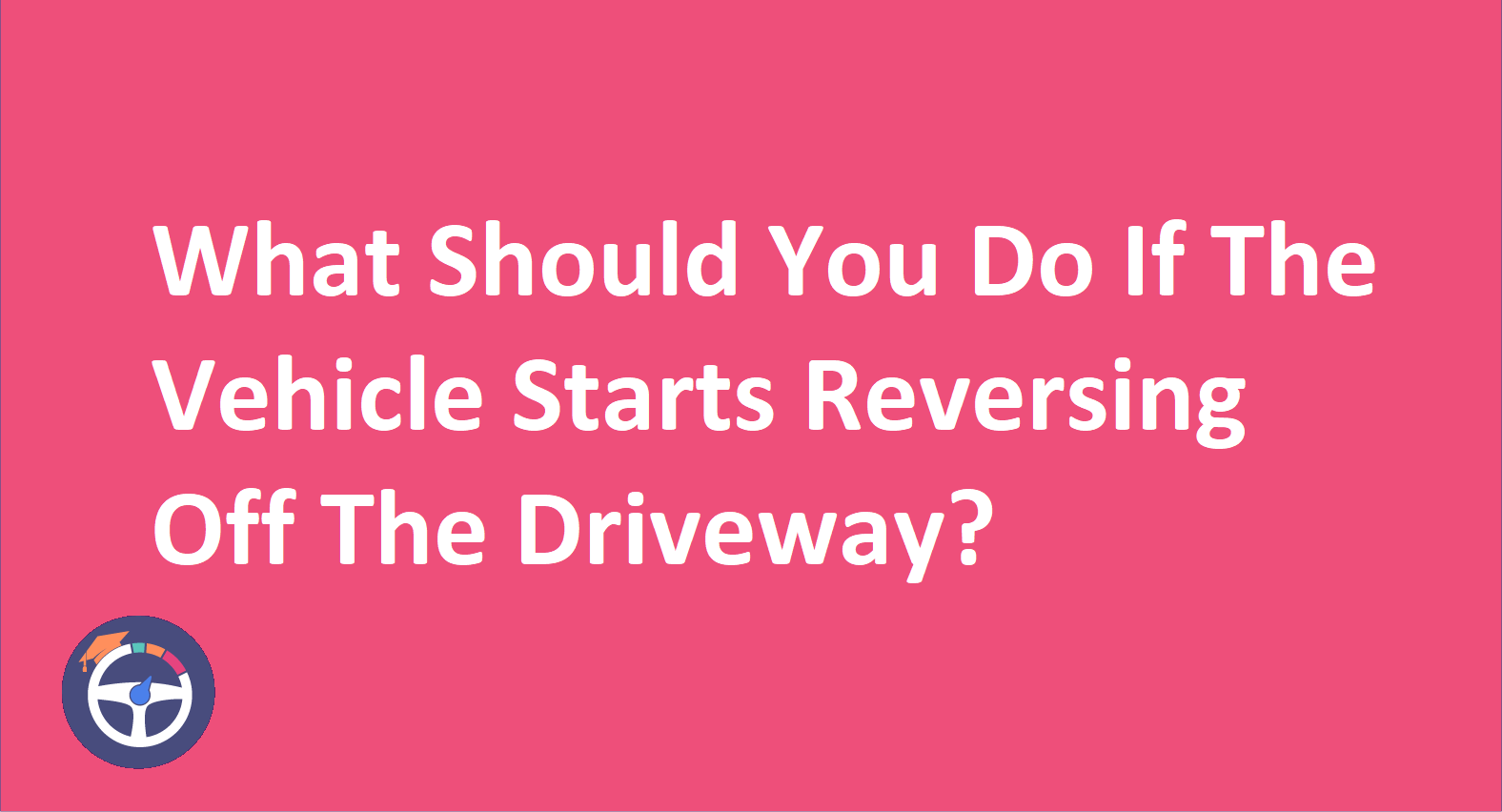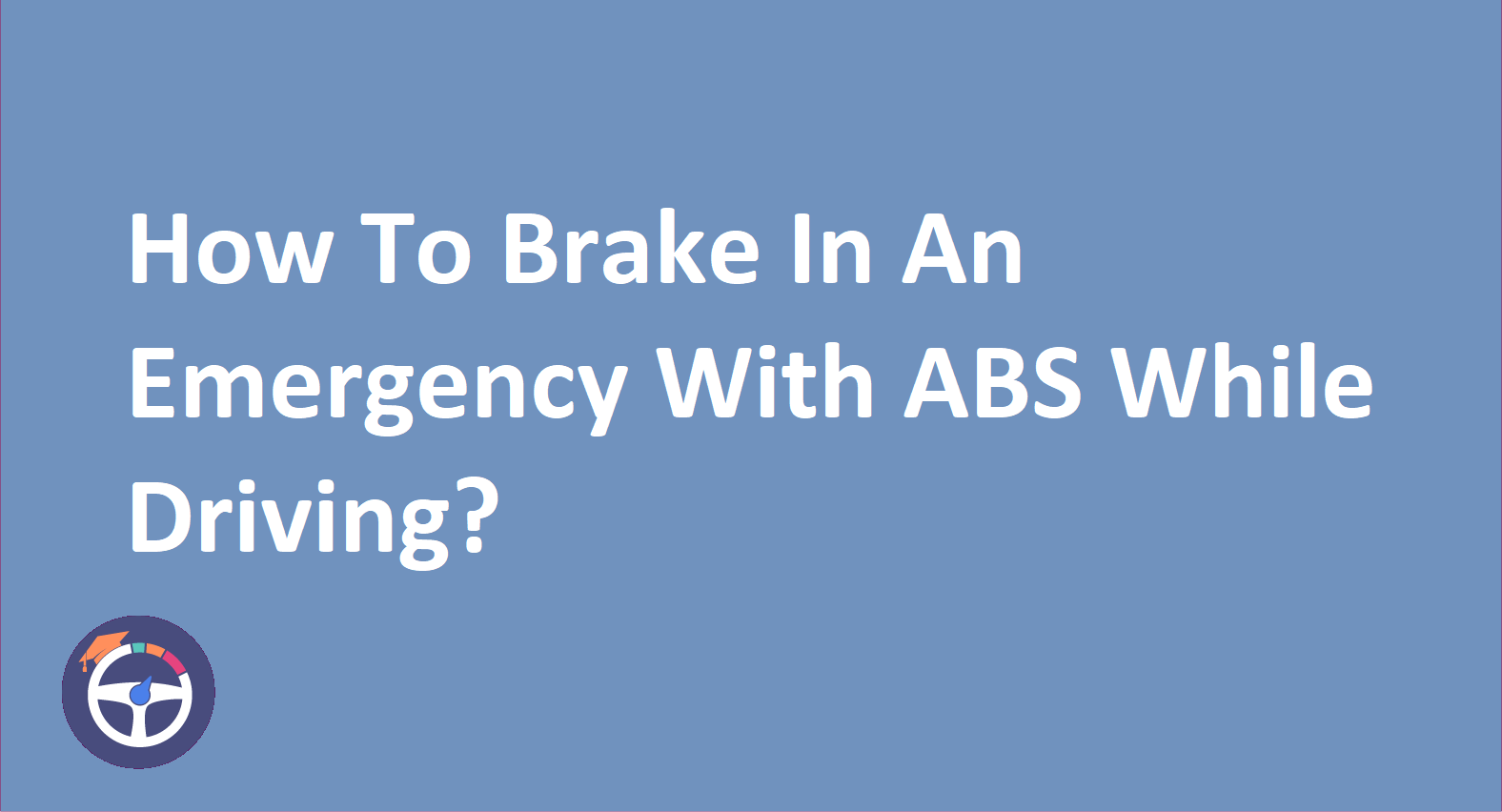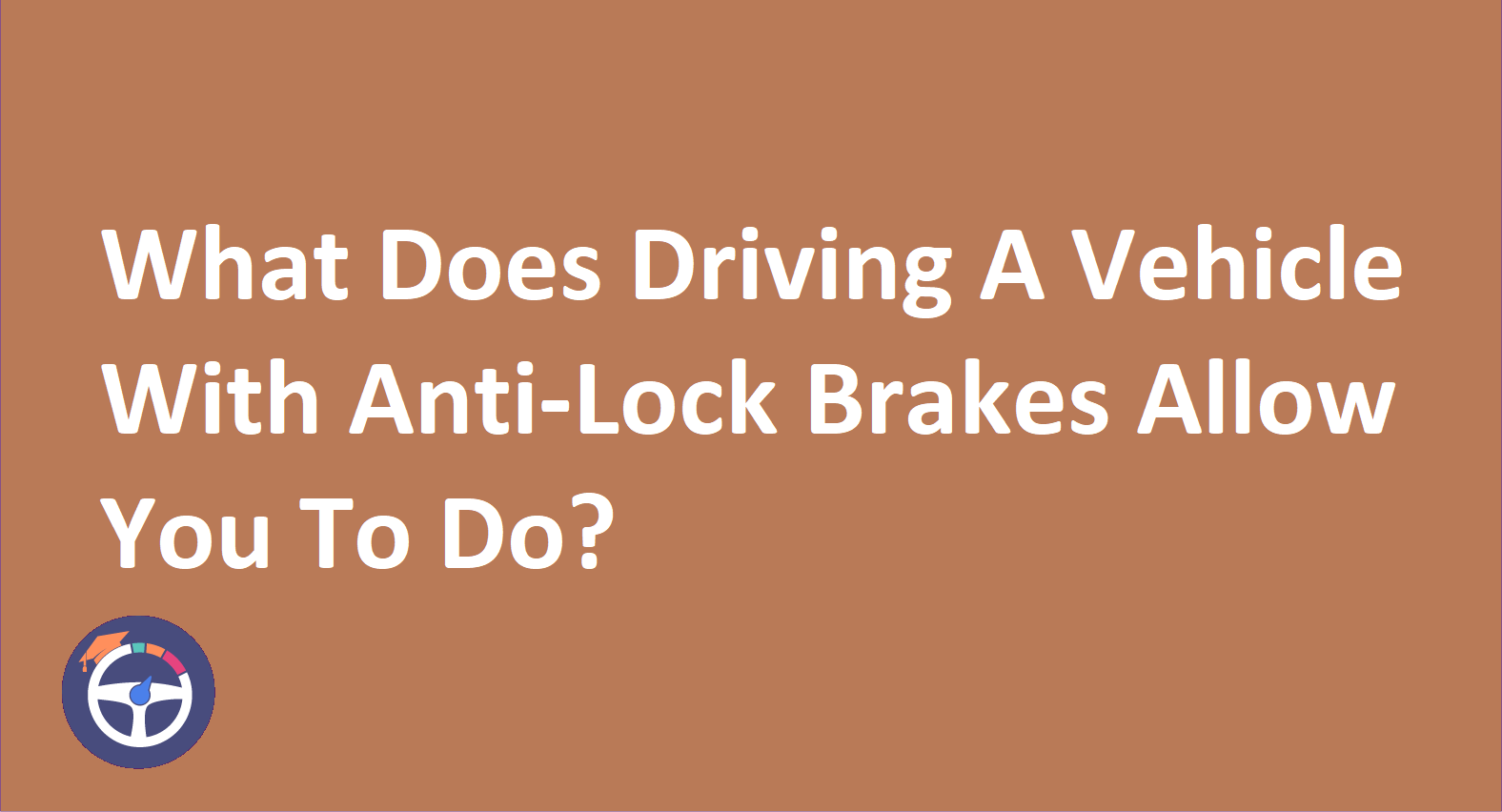What Is An Anti-Lock Braking System (ABS) In Cars
An Anti-Lock Braking System (ABS) in cars prevents the wheels from locking up during hard braking, helping maintain steering control and stability. ABS systems employ sensors to monitor the rotation speed of each wheel individually, enhancing vehicle control during braking.

Content
- What Is An Anti-Lock Braking System (ABS) In Cars - A Comprehensive Overview
- What Is Anti-Lock Braking System (ABS) In A Car?
- The Role of Anti-Lock Braking Systems
- How Does ABS Operate in Vehicles?
- ABS Warning Lights - What Do They Indicate?
- What Actions Should You Take If Your Abs Light Stays On?
- Steps To Activate ABS For Your Vehicle
- Pros and Cons of Anti Lock Braking Systems
- Thats A Wrap!
- FAQ
In the fast-paced world of automobiles, safety is crucial. Anti-lock Braking Systems (ABS) have become a crucial component in ensuring a secure driving experience.
What Is Anti-Lock Braking System (ABS) In A Car?
An Anti lock Braking System is commonly known as ABS. It is a safety feature designed to prevent wheel lock-up during braking. This system enhances vehicle control. It also reduces the risk of skidding, especially in emergency braking situations.
The Role of Anti-Lock Braking Systems
ABS serves a pivotal role in maintaining steering control during hard braking. Instead of traditional braking systems that can lead to skidding, ABS adjusts brake pressure dynamically. It helps in effectively preventing wheel lock-up. This ensures that the driver can maintain control over the vehicle even during sudden stops.
How Does ABS Operate in Vehicles?
For drivers, grasping the intricate workings of ABS is paramount. When a vehicle with ABS engages in forceful braking, the system vigilantly watches wheel speed. Detecting the potential for wheel lock-up, ABS steps in promptly, adjusting brake pressure in a pulsatile manner. This dynamic intervention is the key. It enables the tires to sustain traction with the road, effectively putting the brakes on skidding and ensuring a safer braking experience.
ABS Warning Lights - What Do They Indicate?
Modern cars come equipped with warning lights on the dashboard, and ABS is no exception. The ABS warning light alerts drivers to potential issues with the system. It can illuminate for various reasons, such as a malfunction in the ABS sensors, hydraulic pump, or control module.
What Actions Should You Take If Your Abs Light Stays On?
If your ABS warning light remains illuminated, prompt action is essential. Ignoring it could compromise the effectiveness of your braking system. Firstly, avoid dismissing the warning light and take it seriously. It might indicate issues with ABS sensors, the hydraulic pump, or the control module. To address this, conduct a visual inspection of your vehicle to check for any visible damage or issues.
Next, it is advisable to reduce your driving speed and avoid aggressive braking until the problem is resolved. Continuing to drive with a malfunctioning ABS system could compromise your safety on the road. The best course of action is to seek professional assistance from a qualified mechanic or an automotive service center. They can conduct a thorough diagnostic assessment to identify and rectify the specific problem triggering the ABS warning light. Remember, prioritizing the resolution of ABS issues ensures optimal safety and control while driving.
Steps To Activate ABS For Your Vehicle
Activating ABS in your vehicle is automatic during emergency braking, but there are instances where intentional activation may be necessary. To activate ABS intentionally:
- Apply steady pressure on the brake pedal.
- Maintain firm and constant pressure without pumping the brakes.
- Allow the ABS system to modulate brake pressure.
- Be prepared for a pulsating sensation through the brake pedal.
- Steer the vehicle while keeping the brake pedal pressed.
By following these steps, you ensure that ABS functions optimally, preventing wheel lock-up and enhancing control during emergency braking situations.
Pros and Cons of Anti Lock Braking Systems
| Enhanced vehicle control during hard braking. | Increased braking distances on certain surfaces. |
| Reduced risk of skidding, especially in emergencies. | Potential for higher repair costs, if the system malfunctions. |
| Maintains steering ability while braking. | Limited effectiveness on icy or gravel surfaces. |
| Improves overall safety on the road. | Drivers may rely too heavily on ABS, neglecting other safe driving practices. |
Thats A Wrap!
Anti lock Braking Systems are integral to modern vehicles, contributing significantly to road safety. This comprehensive guide has highlighted the purpose, functionality, warning signs, and activation procedures of ABS. By understanding ABS, drivers can make informed decisions and ensure a safer driving experience on the roads.
FAQ
1. Does ABS reduce stopping distance?
ABS helps maintain control, but it may not always decrease stopping distance, especially on certain surfaces.
2. Should I pump my brakes with a car equipped with ABS?
No, continuous and firm pressure on the brake pedal is recommended; let ABS modulate brake pressure.
3. How is rear-wheel-only ABS different from ABS?
Rear-wheel-only ABS focuses on preventing rear wheel lock-up, while ABS addresses all wheels for comprehensive control.
4. Do all new cars come with ABS?
While ABS is standard in many new cars, it's essential to check the specific features of each vehicle model.
5. Can ABS handle all road conditions equally?
ABS may have limitations on icy or gravel surfaces. Drivers should adapt their braking technique accordingly.


